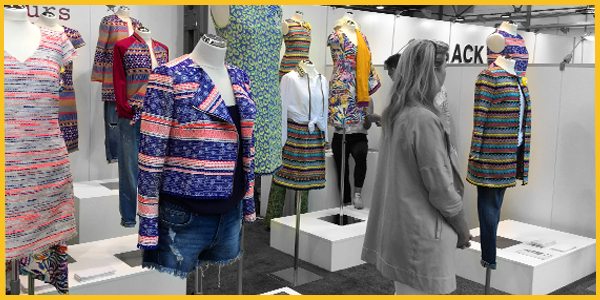In
recognition of #AfricaDay2017 it felt appropriate to share an interview with
John Pritchard (pictured above), founder of sunglasses brand, Pala. Not only are his sunglasses
well designed, but they are lifting people out of poverty—for every pair of
sunglasses Pala sells they donate a pair of prescription glasses to
impoverished regions of Africa.
Education is
one of the most crucial tools for lifting people out of poverty and proper
vision is one of the most crucial tools for enabling people to complete their
studies. Inspired by Pala’s mission, Berlin photographer Martin Popp and I
collaborated on a photoshoot to bring attention to a cool brand that’s making a
difference not only on Africa Day, but every day. Please enjoy the story of
Pala, below!
IKE glasses in green/black tort.
How did you get into fashion?
My route
into fashion was very much different— I started with a cause and then found a
product to support the cause. I've always had an affinity for Africa, and when
I learned that 10% of the world doesn’t have access to eye care I took that as
a starting point.
What prescription do your glasses have?
I'm -1.5 so
I can get by, but I’m definitely better off with glasses.
NURU in gold.
What is the impact of providing vision to
people in need?
Prescription
glasses is one of the most economically beneficial tools because it
enables them to work. For example, Ethiopia is a very cotton-based industry where
a lot of jobs involve sewing and needlework. You can't thread a needle without
a pair of glasses, so people with poor eyesight can't work and earn an income.
Also, for children in school who can't see the blackboard or read their books
they are immediately at a disadvantage. In many respects a pair of prescription
glasses is better than giving money because you're giving something of lasting
value.
ASHA in tortoiseshell.
Is there
one story that sticks out to you?
There was a
father and daughter in Ethiopia who traveled 500km to get glasses. It took them
2 days! The father said that he wanted Gabra to go to university and that it
was very important to have her eyes tested for glasses.
Gabra (left) traveled 500km to get glasses.
What
impact have your product cases had?
Our glasses cases
are made from recycled plastic waste in Ghana by a number of weaving communities.
Historically they've only been able to work for 3 months of the year because
they only have seasonal access to the grasses. However, by using plastic that
allows them to weave throughout the year. So there's a better regularity of
income and it's a more sustainable opportunity for them.
Where do you get your plastic waste?
There are
three sources—
- In
Bolgatanga, Ghana, you can take plastic bags in to get recycled; we buy those.
We get them washed, cut into strips, twisted and woven into cases.
- We also
use a charity called WaterAid. They use discarded plastic water sachets to
carry emergency.
- We go to a
factory in Accra [the capital of Ghana] that makes plastic bags, and we buy the
off-cuts or waste plastic from their production. Furthermore, any waste leftover
from our weavers goes back to this factory to be recycled. There's basically no
waste in our whole process of making these cases.
ZOLA in pink marble.
What's a milestone that you're proud of?
We're a young
brand but we are coming up to our thousandth sale, which means that we've
helped 1,000 people.
When you do take that one night off, how do you
like to recharge?
I tend to go
out with friends. On the weekends I'll go cycling. I do paddle boarding and climbing
as well. I like to be physically active. I get a really good release from it—the
stress floods out.
DAYO in black marble.
Who is someone you'd really love to collaborate
with?
My ideal
would be Emma Watson because she's the same age as my target market and she's
very into eco-friendly and sustainable fashion. She's also very empowering for
women and as a father with a young daughter I value that.
—
Thank you to
John for sharing your story! Glasses styles shown in the images above are in order of appearance: John is wearing NEO; Marcus is wearing IKE, NURU, ASHA, ZOLA, and DAYO. Additional information about Pala is available on the
brand’s website and Instagram.












































